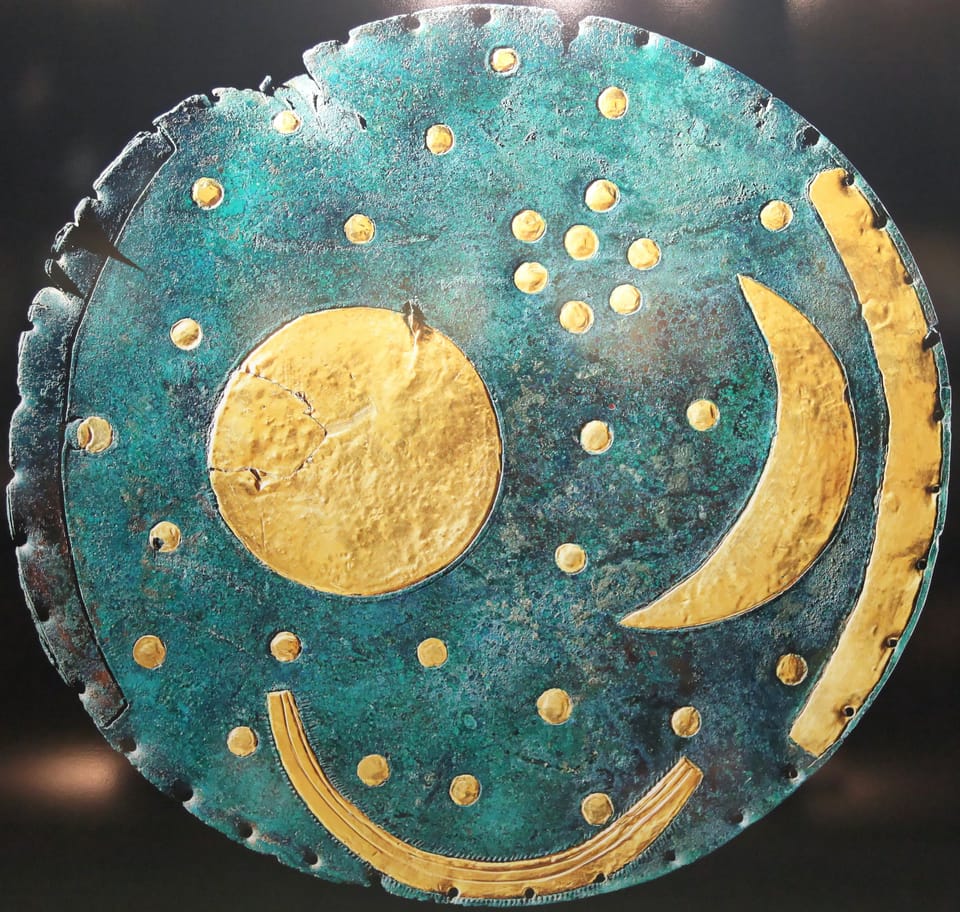First Quarter (Zodiac Series): Not the mother they want
It's Sunday, and this is potentially the longest newsletter installment I will ever write, hence the unprecedented two-day
First Quarter (Zodiac Series): The form is the function
Hello. It's Friday, and after a decidedly false start last month, I'm making a fresh attempt
First Quarter: Toward the pastoral, with difficulty
Hello. It's Friday, and around this latitude, a traditional marker of early spring is generally drawing to a

